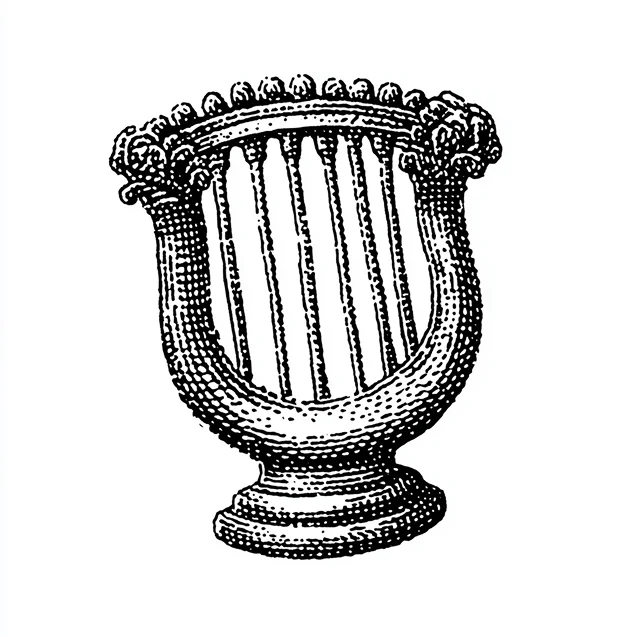Why this matters (and who should care)
If you're a high earner, you've probably been told you're “too rich” to contribute to a Roth IRA. And technically, that's true, at least through the front door. In 2025, you typically must earn less than $163,000/year (single filer) to be eligible to contribute to a Roth IRA. The limit is imposed to give special retirement tax benefits to people who earn less income. A Roth IRA usually provides tax advantages in retirement and flexibility for accessing contributions early.
But there’s a legal workaround that lets even high earners build tax-free retirement savings: the Backdoor Roth IRA. It’s an IRS-blessed maneuver that smart professionals use every year to supercharge their after-tax wealth.
If you’re earning above the Roth income limits and don’t have existing pre-tax IRA balances, this strategy is likely a no-brainer. But if you’re not careful, you could end up with a surprise tax bill (or worse, double taxation).
Let’s walk through it.
What is a Backdoor Roth IRA?
A Backdoor Roth is a two-step strategy that lets high-income earners fund a Roth IRA, even if they exceed the income limits for direct contributions.
Here’s how it works:
- Contribute after-tax dollars to a Traditional IRA (non-deductible)
- Convert those dollars to a Roth IRA (usually immediately)
Once it’s in the Roth, that money grows tax-free and can be withdrawn tax-free in retirement. That’s it.
Who should consider using the Backdoor Roth?
The Backdoor Roth typically makes sense if:
- You earn above the Roth IRA income limits ($163k+ single / $246k+ married in 2025)
- You don’t have other Traditional, SEP, or SIMPLE IRAs with pre-tax balances
- You’re already maxing out your 401(k), HSA, and other workplace plans
- You have cash flow to contribute and convert each year
If you check those boxes? Great. If not? You might be triggering taxes you didn’t see coming.
What’s the catch? (Hint: It’s called the Pro-Rata Rule)
The IRS doesn’t let you cherry-pick which IRA dollars to convert to Roth. They look at all your IRA money and require you to convert a proportional mix of pre-tax and post-tax funds. That’s the pro-rata rule.
Let’s say you already have $7,000 of pre-tax money in a Traditional IRA and you contribute $7,000 more after-tax to execute a Backdoor Roth.
If you convert $7,000? The IRS says half of that is pre-tax, so you owe taxes on $3,500. Not ideal.
Keep in mind: when you convert pre-tax IRA funds to a Roth IRA through the Backdoor Roth strategy, the amount converted is generally subject to income taxes in the year of conversion.
Common mistakes that can cost you
Here’s where most DIYers get tripped up:
- Overlooking existing IRA balances
The pro-rata rule applies across all IRAs—not just the one you’re using for the conversion. - Waiting too long to convert
If your contribution grows in value before you convert, those gains are taxable. - Skipping IRS Form 8606
This form documents your non-deductible contribution. Forget to file it, and you could pay taxes twice. - Thinking you can “undo” the conversion
You can’t. Roth recharacterizations were eliminated in 2018.
Best practices for doing it right
- Keep it clean: Only pursue a Backdoor Roth if you have no pre-tax IRA money lying around
- Act fast: Convert right after you contribute to avoid taxable growth
- Stay in cash: Don’t invest your Traditional IRA contribution until after you’ve converted
- Document everything: File Form 8606 every year you contribute
Rinse and repeat annually, and you can build a sizable tax-free Roth base—even as a high earner.
A real-world example
Client profile (illustrative):
Earning $300K/year, no existing IRAs, maxing 401(k)
Strategy:
- Contribute $7,000 to a non-deductible Traditional IRA
- Convert the next day to Roth IRA
- File IRS Form 8606
Tax impact: likely $0 if the $7000 is a post-tax contribution
Future benefit: Unlimited tax-free growth and withdrawals
Can I do this through Titan?
Yes. If you're a Titan client:
- You can fund your Traditional IRA via your connected bank account
- Once it lands, just send a quick note to support@titan.com, and we’ll handle the transfer behind the scenes
- From there, you can reinvest or talk to your advisory team about next steps
Simple, smart, and no tax surprises—if done right.
Still worth it if I have other IRAs?
Maybe. If you have pre-tax IRA balances, the Backdoor Roth becomes a partial conversion strategy. You’ll owe some taxes, and we may want to weigh that against your other options (like a full Roth conversion or rolling old IRAs into a 401(k)).
This is where personalized advice makes a big difference.
Want help running the numbers?
Talk to a Titan advisor to see if the Backdoor Roth is a fit - and how to optimize it as part of your broader wealth plan.
About Titan
Titan is a modern Registered Investment Advisor (RIA) helping high-earning professionals navigate complex money decisions. With a dedicated advisor and access to proprietary strategies and alternative investment options, we're your go-to wealth team for everything from RSUs to retirement. Learn more at www.titan.com.







